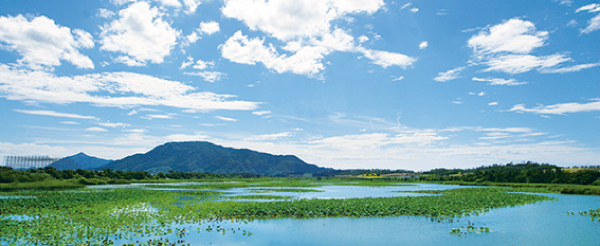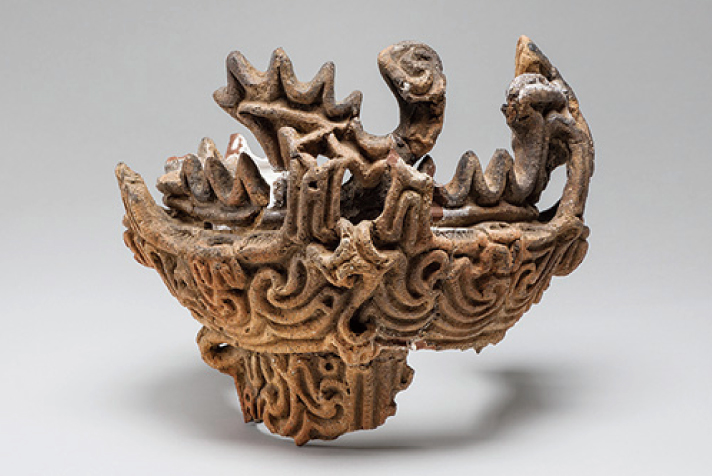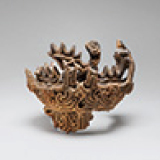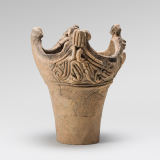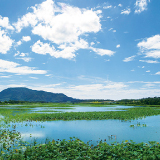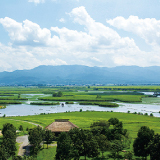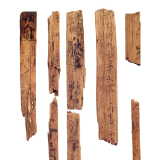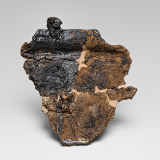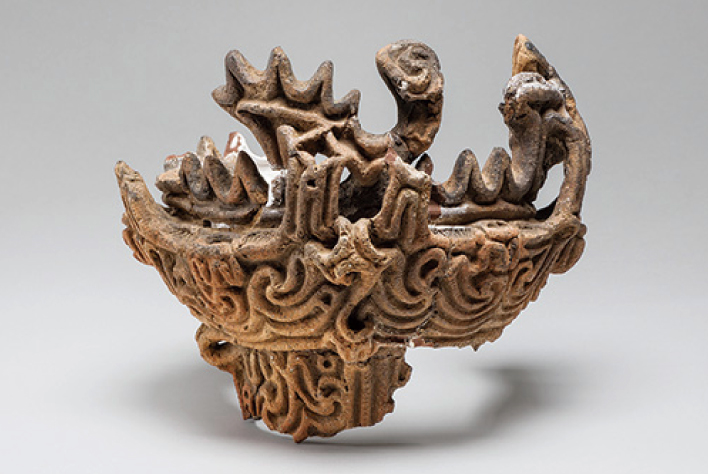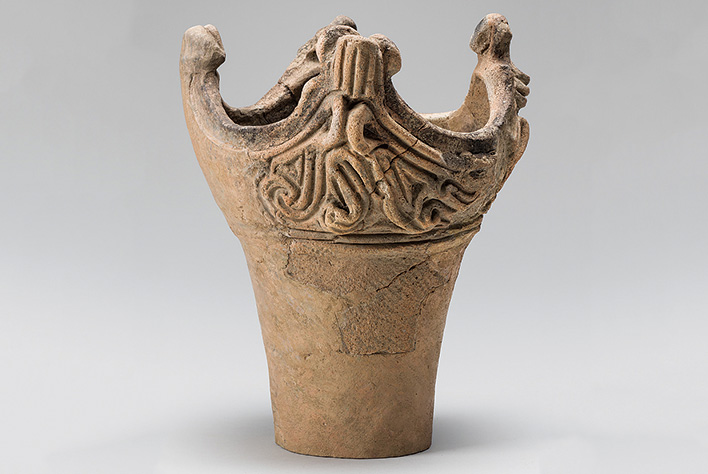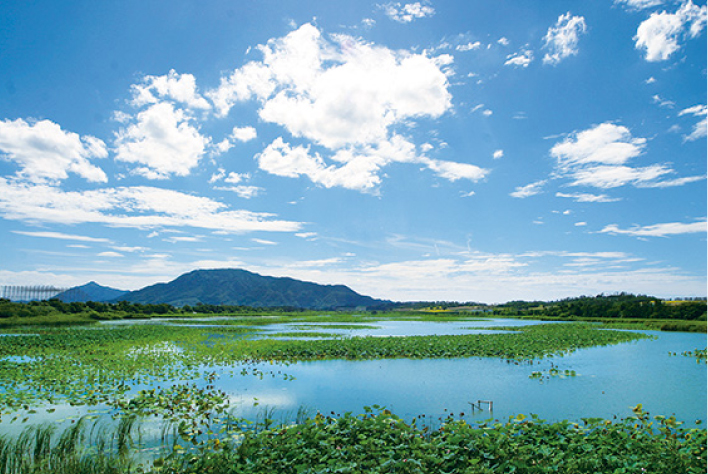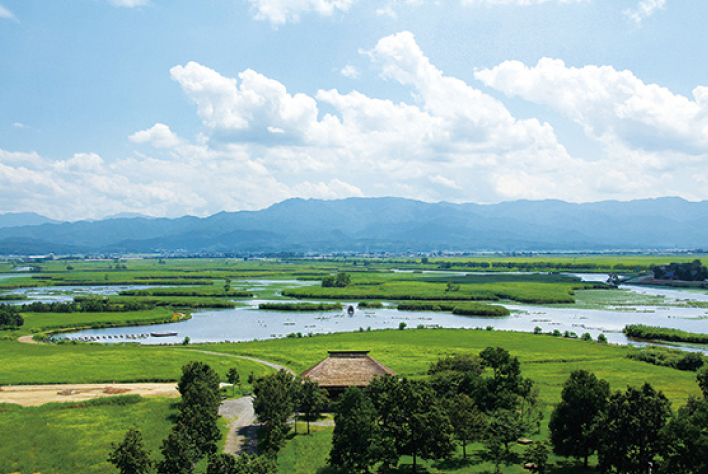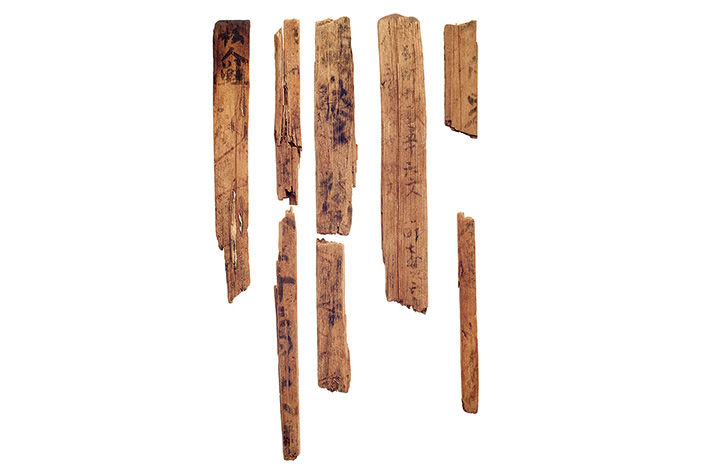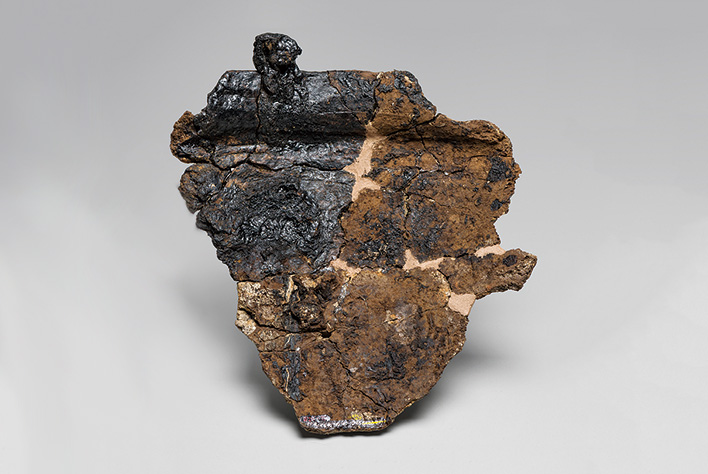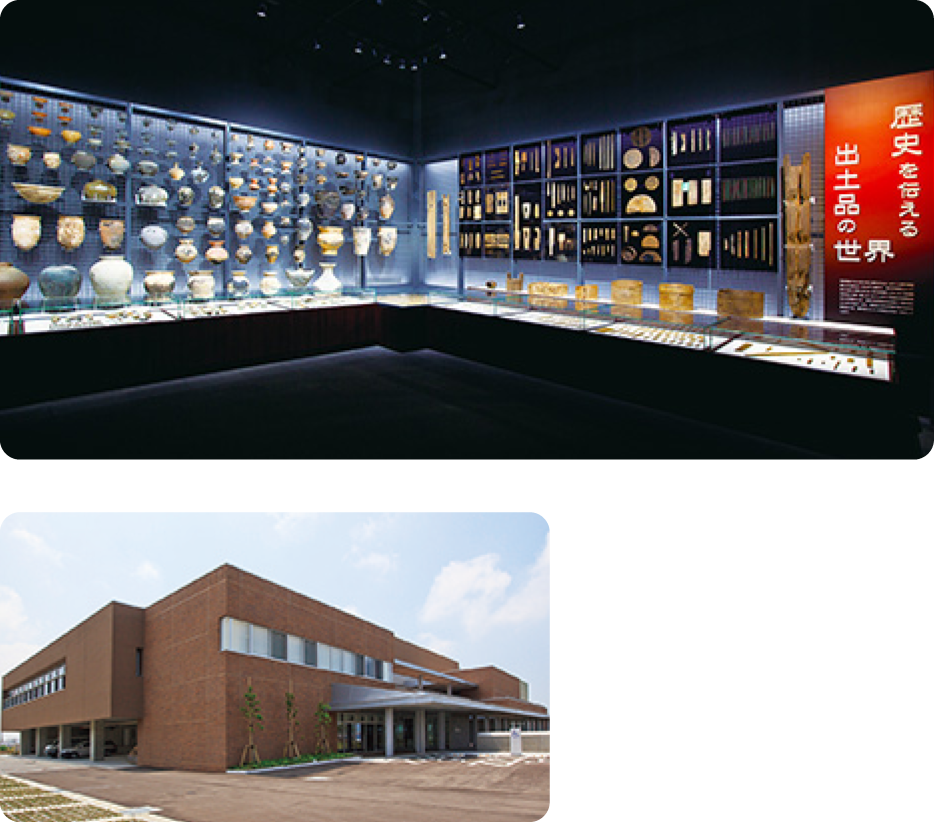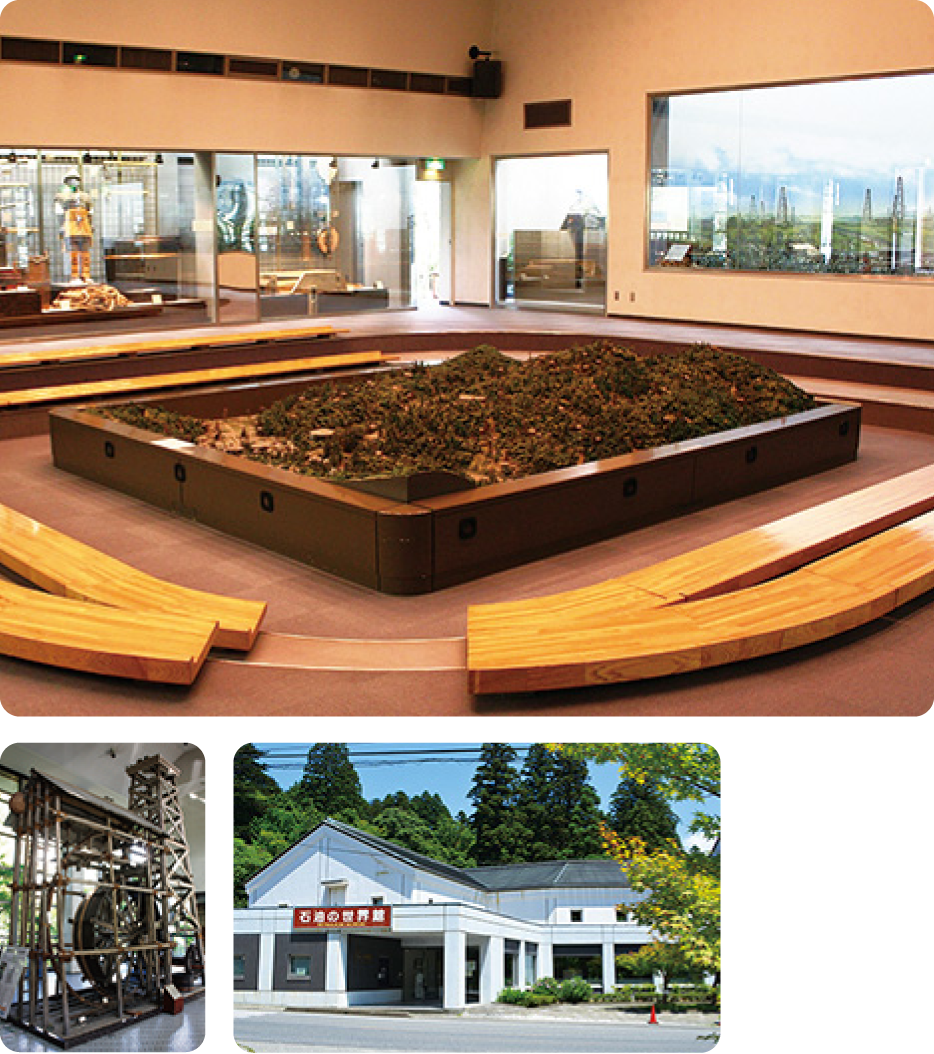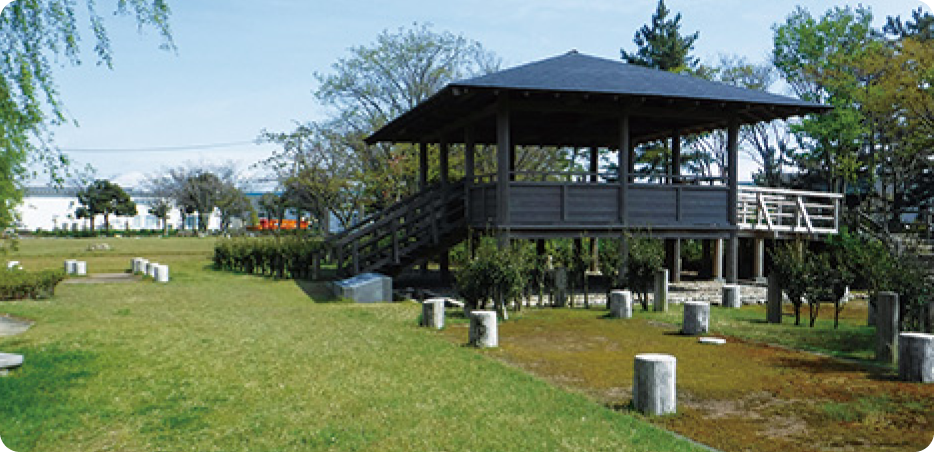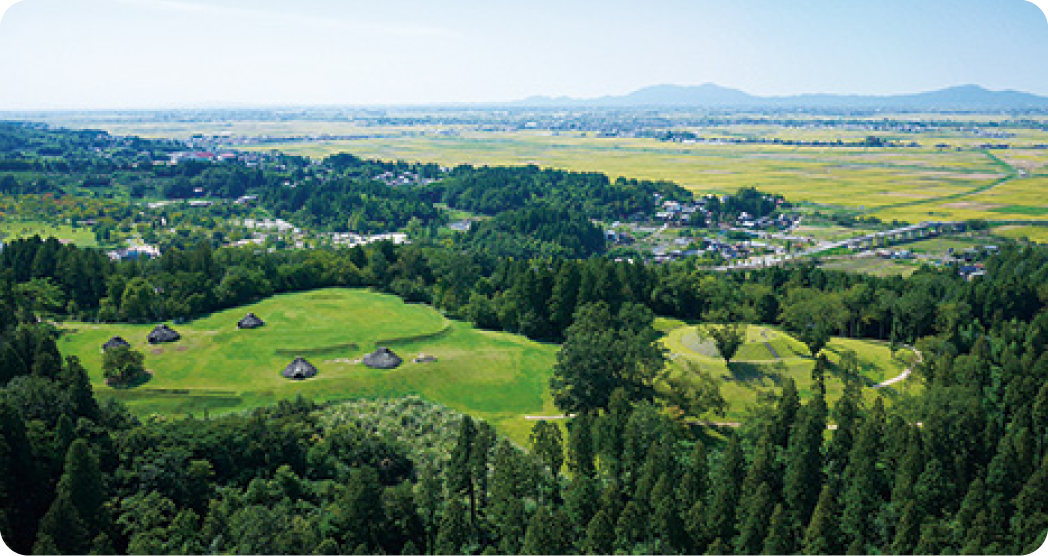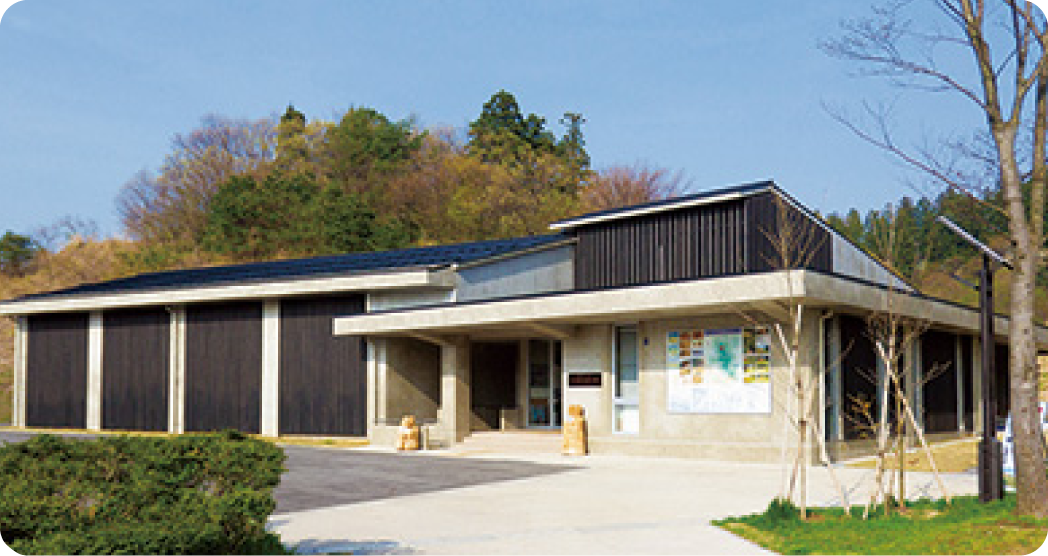Cultural Asset No.23
Osawa Site Artifacts
Osawa Site is a Jomon period settlement, which spread over the foot of Mt. Kakuda located in the lower Shinano River basin. Many of the artifacts are from the early mid-Jomon period, and typical flame pot was also unearthed. Pollens and spores of lilies or cluster amaryllis, royal ferns, yams and buckwheat were found as well. People of that time, may have eaten much more kinds of plants than we imagine.
Cultural Asset No.24
Akiha Site Artifacts
Pit dwellings were discovered at the Akiha Site in excavation surveys in 1998 and 1999. A slope beside their village seems to have been a garbage dump for Jomon people, as numerous pieces of Jomon pots were excavated. Many of them appear to have been made in the middle of the mid-Jomon period, when flame pots were produced. A restorable crown-type pot was found decorated with cord marks instead of clay relief.
Cultural Asset No.45
Sakata Lagoon
Sakata Lagoon is a freshwater lake holding spring water between sand dunes. Hunting tools such as arrowheads made of stone were found in Jomon sites scattered around Sakata Lagoon, indicating that Jomon people hunted animals and big birds flocking to the waterside. As animals and plants are still diverse there, it was registered on the List of Wetlands of International Importance in 1996.
Cultural Asset No.47
Fukushima Lagoon
In Fukushima Lagoon, reed belts spread like islands in a shallow area of 262 ha, the largest in Echigo Plain. It reminds us of the primal landscape of Japan. Fukushima Lagoon is an inland lake left by the development of dunes, which have been cultivated and reclaimed since the Edo period. The natural environment of Fukushima Lagoon is now preserved as a wintering place for the Middenorff’s Bean Goose, which is a natural treasure of Japan and a northernmost habitat for the Gorgon Plant.
Cultural Asset No.53
Matoba Site and Artifacts
Matoba Site stands on a dune at the mouth of the Shinano River which belongs to the Nara and Heian period. Numerous earthenware and fishing tools were excavated in very good condition. It seems to have been a site for catching marine products. One of the wooden tablets used for official documents tells that salmon caught and processed at this place was sent to the capital as tax.
Cultural Asset No.57
Osawayachi Site
In the upper layer of the site, belongs to the periods from the Asuka to the Kamakura and Muromachi period, and in the lower layer belongs to the late Jomon period. Lumps of asphalt and the Jomon pot with asphalt were excavated from the lower layer, indicating that Jomon people used natural asphalt, which is generated by removing volatile constituents from crude oil as glue to attach arrowheads to shafts and repair broken Jomon pots.



